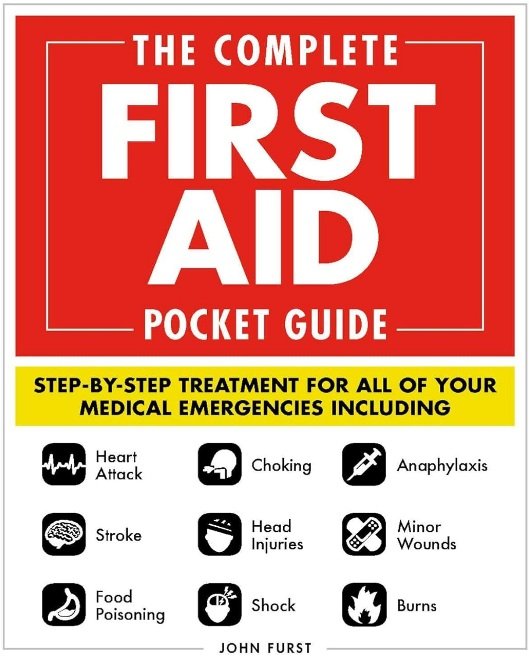Urine Testing Uses – Purpose, Characteristics, Examination, Preliminary Assessment, Equipment, Procedure, Urine pH, Gravity, After Care

UPDATED 2024
Urine testing, also known as urinalysis, is a diagnostic test that involves analyzing a person’s urine for various markers, compounds, and characteristics. This type of testing can provide valuable information about a person’s overall health, help diagnose medical conditions, and monitor the effectiveness of treatments.

USES OF URINE TESTING
Here are some common uses of urine testing:

- Drug Testing: Urine tests are frequently used to screen for the presence of drugs and their metabolites. This is common in workplaces, athletic organizations, and legal situations.
- Medical Conditions: Urinalysis can help diagnose various medical conditions, such as diabetes, kidney diseases, urinary tract infections (UTIs), and liver problems. Abnormal levels of glucose, protein, blood cells, or other substances in the urine may indicate an underlying health issue.
- Pregnancy Testing: Urine tests are often used to detect the presence of human chorionic gonadotropin (hCG), a hormone produced during pregnancy. Home pregnancy tests typically use urine samples for this purpose.
- Kidney Function: Urine tests can provide information about kidney function by measuring levels of creatinine, urea, and other substances. Changes in these levels can indicate kidney problems.
- Metabolic Disorders: Certain metabolic disorders, such as phenylketonuria (PKU) or maple syrup urine disease (MSUD), can be diagnosed through urine testing.
- Monitoring Medications: Some medications can be monitored through urine testing to ensure that they are at therapeutic levels and not causing adverse effects.
URINE TESTING
Urine
analysis methods comprise testing reaction, specific gravity, albumen, sugar,
bile, acetone, pus, blood and yeasts microscopically
Purpose
- To detect reaction, in cystitis the
reaction is alkaline - To detect sugar, it is present in
diabetes mellitus - To detect – protein it is present in
kidney damage, pre-eclampsia and is called proteinuria - To detect acetone, it is present due
to incomplete metabolism of fat - To detect bile – it is seen in cases
of obstructive jaundice or hemolytic diseases - To detect pus cells – it is present
due to urinary tract infection - To detect blood – it is seen in snake
bite, fracture pelvis, etc
Characteristics of Normal Urine
- Volume: 1,000 to 2,000 ml in 24 hours
- Appearance: clear
- Odor: aromatic color
- Color: amber or pale straw in color
- Reaction: normal urine is slightly
acidic - Specific gravity: 1.010 to 1.025
- Constituents of the normal urine:
water 96 percent, urea 2% and uric acid, urates, creatinine, chlorides,
phosphates, sulfates, oxalates – 2%
Characteristics of Abnormal Urine
Volume
- Polyuria – increased in volume
- Oliguria – decreased in volume
- Anuria – total absence or marked
decrease of urine - Suppression – failure of the kidney
to secrete urine
Color
- Green or brownish yellow – bile salts
and bile pigments - Reddish brown – urobilinogen
- Bright red – a large amount of fresh
blood - Smokey brown – blood pigment
- Milk white – chyluria due to filariasis
Appearance
- Mucus – appears as a flocculent cloud
- Pus – settles at the bottom as a
heavy cloud - Stones – as fine sand
- Uric acid – as grains of pepper
Odor
- Sweetish or fruity odor – seen in
diabetes
Reaction
- Alkaline – cystitis
- Specific gravity
- Diabetes mellitus – increased
specific gravity - Renal disease – low specific gravity
- Constituents of urine
- Kidney damage – albumin
Types of Examination of the Urine
- Physical examination: color
appearance, volume, reaction, specific gravity and color - Chemical examination: routine tests
such as for albumin and sugar. Special tests such as tests for acetone, bile
pigments and bile salts. Microscopic examination – crystals, casts, RBC, pus
cells, epithelial and bacteria
Preliminary Assessment
- The doctor order for any instructions
- Articles available in the unit
- General condition and diagnosis of
the patient - Self-care ability of the patient
Preparation of the Patient and Environment
- Explain the procedure to the patient
- Keep the urine sample ready
- Arrange the articles ready in the
treatment - Provide labeled container for
collecting urine
Equipment
- Test tubes 4 to 6 on a test tube
- Test tube holder – 1
- Spirit lamp – 1
- Match box – 1
- Kidney tray with lining to discard
the wastes - Duster or rag piece – to wipe the
outside of the test tube before heating - Acetic acid – to test urine for
albumin - Nitric acid or sulfosalicyclic acid –
to test urine for albumin - Red and blue litmus paper – to test
the reaction of the urine - Urinometer – to measure the specific
gravity of the urine - Benedict’s solution – to test urine
for sugar - Ammonium sulfate crystals, sodium
nitroprusside crystals and liquor ammonia to test urine for acetone - Weak solution of Tr. Iodine to test
for bile pigments - Sulfur powder: to test for bile salts
- Glass jar: to measure the amount of
the urine - Pipette – 2 – to measure drops of
urine and reagents - A small bottle brush – to clean the
test tubes
Procedure
Sugar Test
- Take test tube and fix in holder
- Pour 5 ml of Benedict’s solution into
test tube - Light spirit lamp and heat Benedict
solution till it boils - Holding test tube mouth facing away
from nurse - Add 8 drops of urine using dropper
and allow boiling for few seconds - Put off flame and cool test tube
under running water
Observations
- Blue: Nil
- Green: +
- Yellow: ++
- Orange: +++
- Brick red: ++++
Albumin Test
A hot test
- Fill 2/3 of test tube with urine,
secure test tube holder at very top - Heat the upper third of test tube
over flame - If there is precipitation, it denotes
the presence of wither protein or phosphate - Add 2-4 drops of 2 percent acetic
acid - If precipitate dissolves it is due to
phosphates present in normal urine - If precipitate does not dissolve it
denotes presence of albumin
Observation
- Trace: +
- Cloudy:++ (100mg/dL)
- Thick cloudiness: +++ (500 g/dL)
Cold Test
- Pour a small quantity of nitric acid
or sulfosalicylic acid 3 percent in to a clean test tube - Allow equal quantity of urine to
trickle down the sides of the test tube - If albumin present, a white
precipitate will be seen where two fluids meet
Urine pH
- Collect and keep ready with urine
sample - Dip litmus strip in urine and keep
for one minute - Note color change
- Discard strip into container for
infected waste
Urine Specific Gravity
- Fill 3/4 of jar with urine
- Gently place urinometer into jar
- When urinometer stops bobbing
- Read specific gravity directly from
scale marked on calibrated stem of urinometer - Make sure that instrument floats
freely and does not touch sides of jar - Read scale at lowest point of
meniscus to ensure an accurate reading at eye level
Rothera’s Test (Acetone)
- Take 2 cm depth of ammonium sulfate
crystals in a small test tube - Add equal volume of urine and one
crystal of sodium nitroprusside - Close the test tube with a cork and
shake the test tube - Take liquor ammonia and add it to the
urine, trickling through the sides - Read the results immediately
Observations
If acetone
is present permanganate purple colored ring is formed at the junction of urine
and ammonia
Hays Test (Bile Salts)
- Take a test tube, half full of urine
- Sprinkle sulfur powder on the surface
of the urine - If the powder sinks down to the test
tube, it indicates the presence of bile salts
Smith’s Test (Bile Pigments)
- Fill 3/4 of test tube with urine
- Add iodine drops along the sides of
the tube, so as to form a layer on the surface of the urine - A green color at the junction of the
two liquids indicates the presence of bile pigments
After Care
- Discard the urine in the sluice room
- Wash the test tube with soap and
water - Dry the tube, holder and urinometer
with jar - Replace the article after cleaning
- Wash hands thoroughly
Record the procedure in the nurse’s record sheet and dietetic chart

Discover more from Bibliobazar Digi Books
Subscribe to get the latest posts sent to your email.




![First Aid (Quick Study Health) PDF Free Download [Direct Link]](https://bazarbiblio.com/wp-content/uploads/2024/02/First-Aid-Quick-Study-Health-PDF.jpg)